Distance: 151.22 km
Ride time: 6.43.49
Average: 22.46 km/h
Max speed: 59.06 km/h
Total: 31361 km
Today is food day! Well, every day is food day at Cycling The Globe, but today I decided to take a photo of all the food I would eat during the day.
As I had 150 km to cycle I was up for an early start. Breakfast at a street stall consisting of omelet and avocado sandwiches. I also bought two extra chicken sandwiches for later.
I thing I love about Peru is the fruit juice stalls. I big glass of fresh orange juice for less than 20 cents.
Total price for breakfast: $1.80
My basic food strategy is that I need to eat something every two hours. For the first quick food break I would eat the extra sandwiches I bought at the breakfast stall.
Back on the road I saw another cyclist coming towards me. This doesn’t happen very often these days. It turned out to be Ville from Finland cycling from Bogota to Lima. We talked about the road safety situation for a while, and then continued in each our direction down the road.
For my proper lunch break I didn’t have much choice. A very local restaurant by the road side was serving rice and chicken. I must admit I’m not the biggest fan of this dish that the Peruvians love so much. On the other hand, on a long cycling day any food is good food. Today my rice and chicken plate even came with a little surprise.
For the drink I took another thing that the Peruvians love – their Inca Cola!
Price for lunch: $3
I was passing the 100 km mark on a climb as I was getting close to the ocean. The climb was only a short one and lasted for a few kilometers, with great views over the barren desert landscape.
Snack time. Once you have passed 100 km for the day, an ice cream is well deserved. Besides the afternoon hours were getting hot.
I final climb and I arrived at the Pacific Ocean. Only 20 km to Mancora from here. I rolled into the city with the arms lifted over my head in true Tour de France style. Mancora is the final stop before reaching the border with Ecuador, and I was very relieved to arrive here without having lost any of my stuff on the dangerous roads.
I cycled straight down to the beach and looked for something to eat again. Since I was now in a tourist place I took advantage and ordered a sandwich. I would have preferred beef, but they only had chicken… It was a tasty sandwhich though! The fresh strawberry juice was a bit of luxury to celebrate the arrival.
Price for dinner number 1: $4
I found a nice hostel for the night, had my shower, and said a quick hello to some of the other travellers. The food at the hostel seemed expensive, so I walked back towards the market I had seen earlier. If I had been in a non-touristic town I would have looked for a chifa which is the Peruvian version of a Chinese restaurant. They usually service good noodles. Now that I was in a tourist town I was going for pizza.
It was not the best pizza I had in my life, and I should have ordered another slice or two. I didn’t really feel full.
Price for dinner number 2: $2.70
On the way back to the hostel I went into a kiosk and bought some chocolate and biscuits. And so does the daily food intake look like for this Around the World cyclist on a long day in northern Peru.
Total amount spent on food: $11.5
Price for the hostel: $7.75
Total daily expenses: $19.25 < right on budget, yeah!

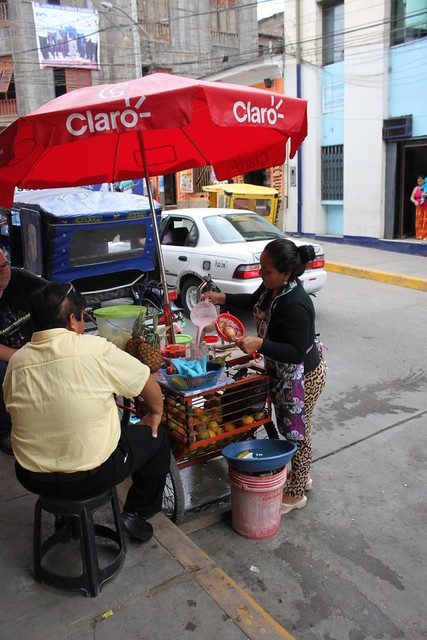
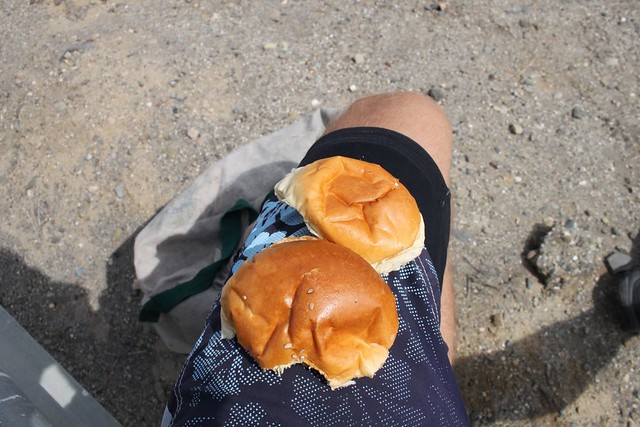


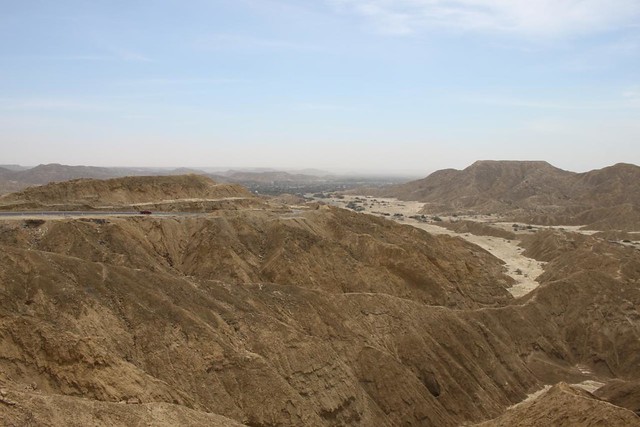
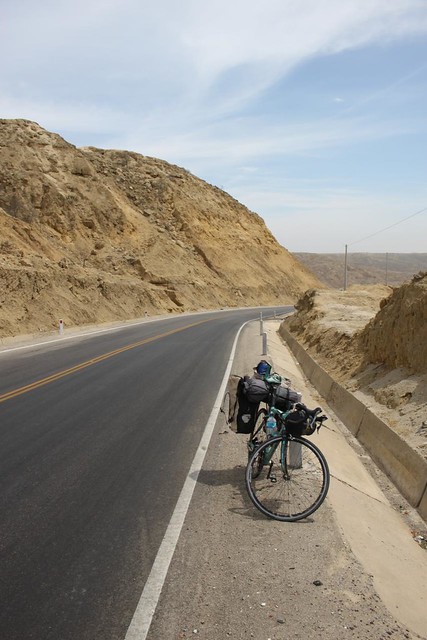
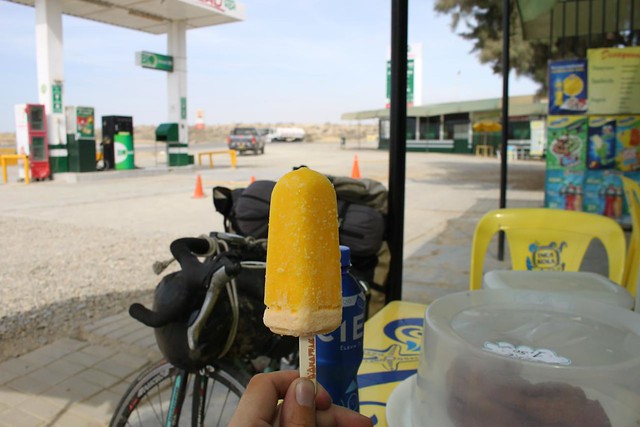
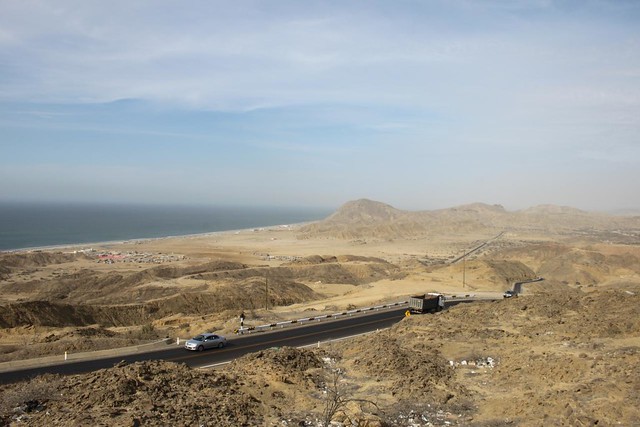
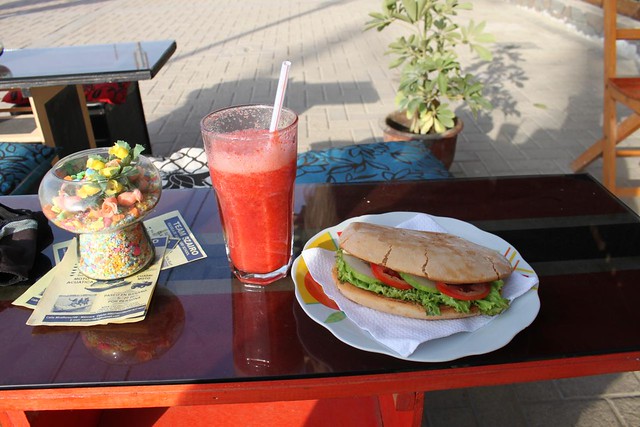
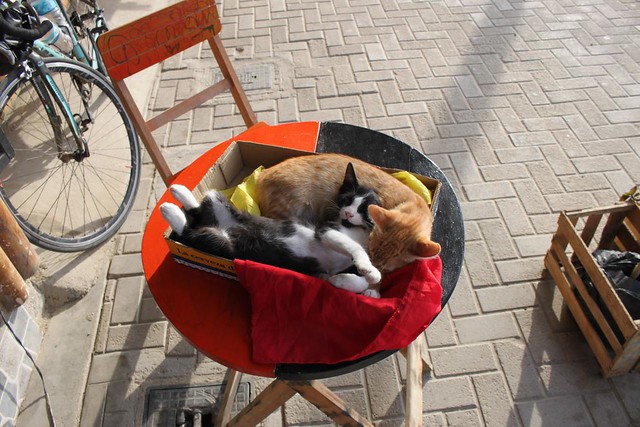
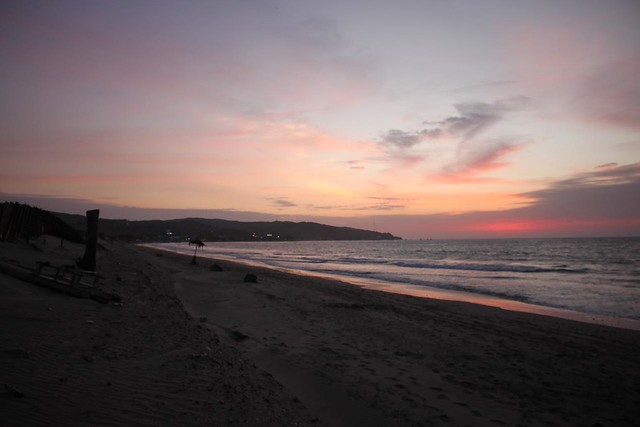

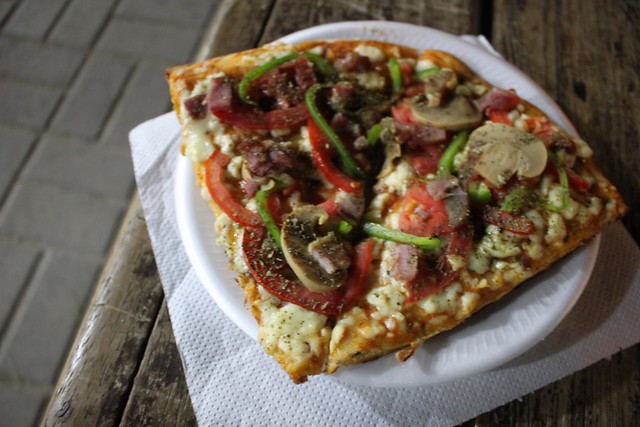



I am a german student and I struggle learning/mastering Spanish in my class.
You motivate me to be more consistent towards figuring out this langauge !
I dream of traveling a lot when I am a little bit older (18 right now) and I think Spanish is a pretty important language for that since it is spoken in a lot of different countries.
I absolutely agree Leon. Spanish is probably the most useful travelling language, in addition to English of course. I always had a hard time learning languages in class. Once you are in the country it is much easier.